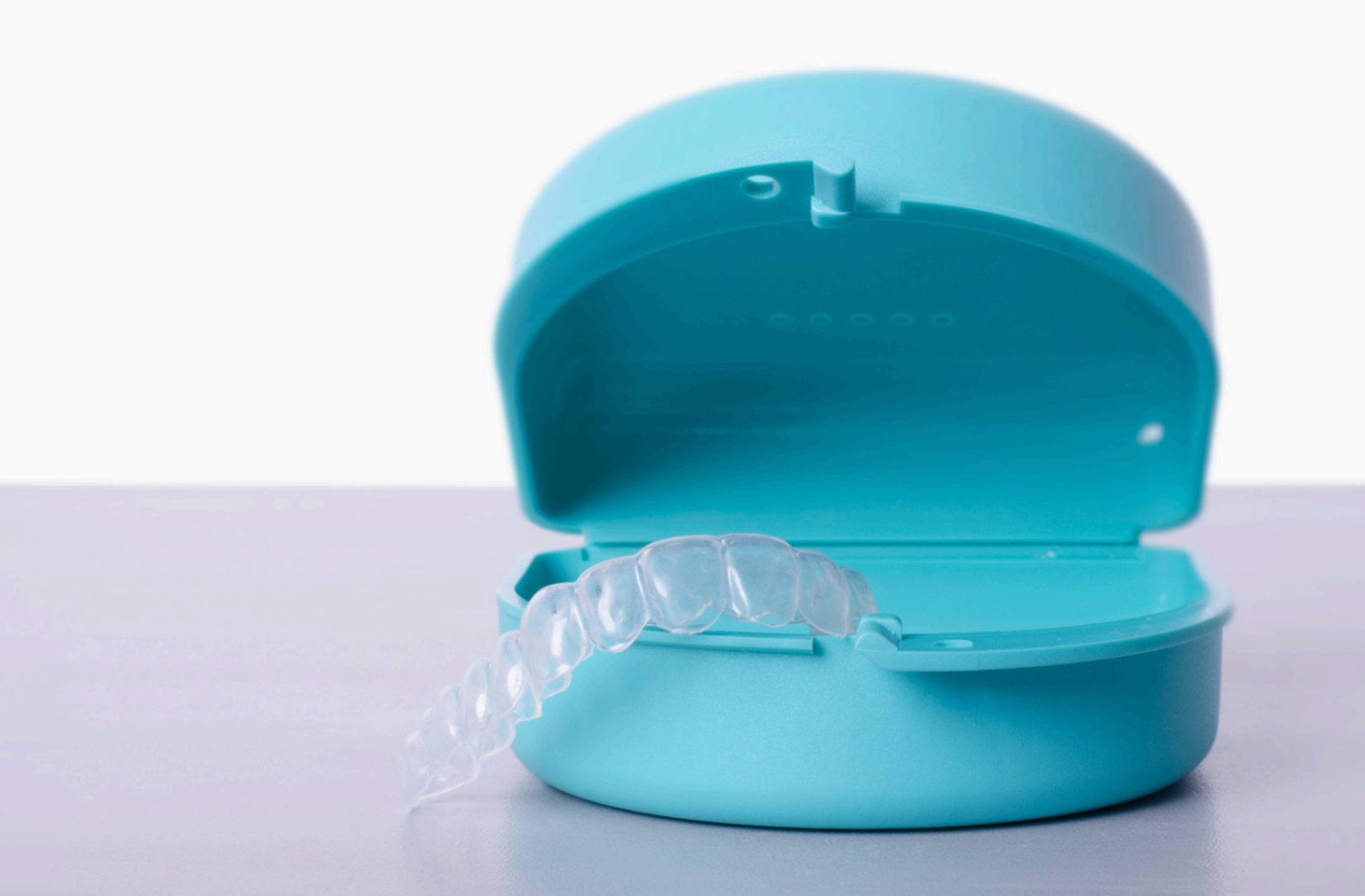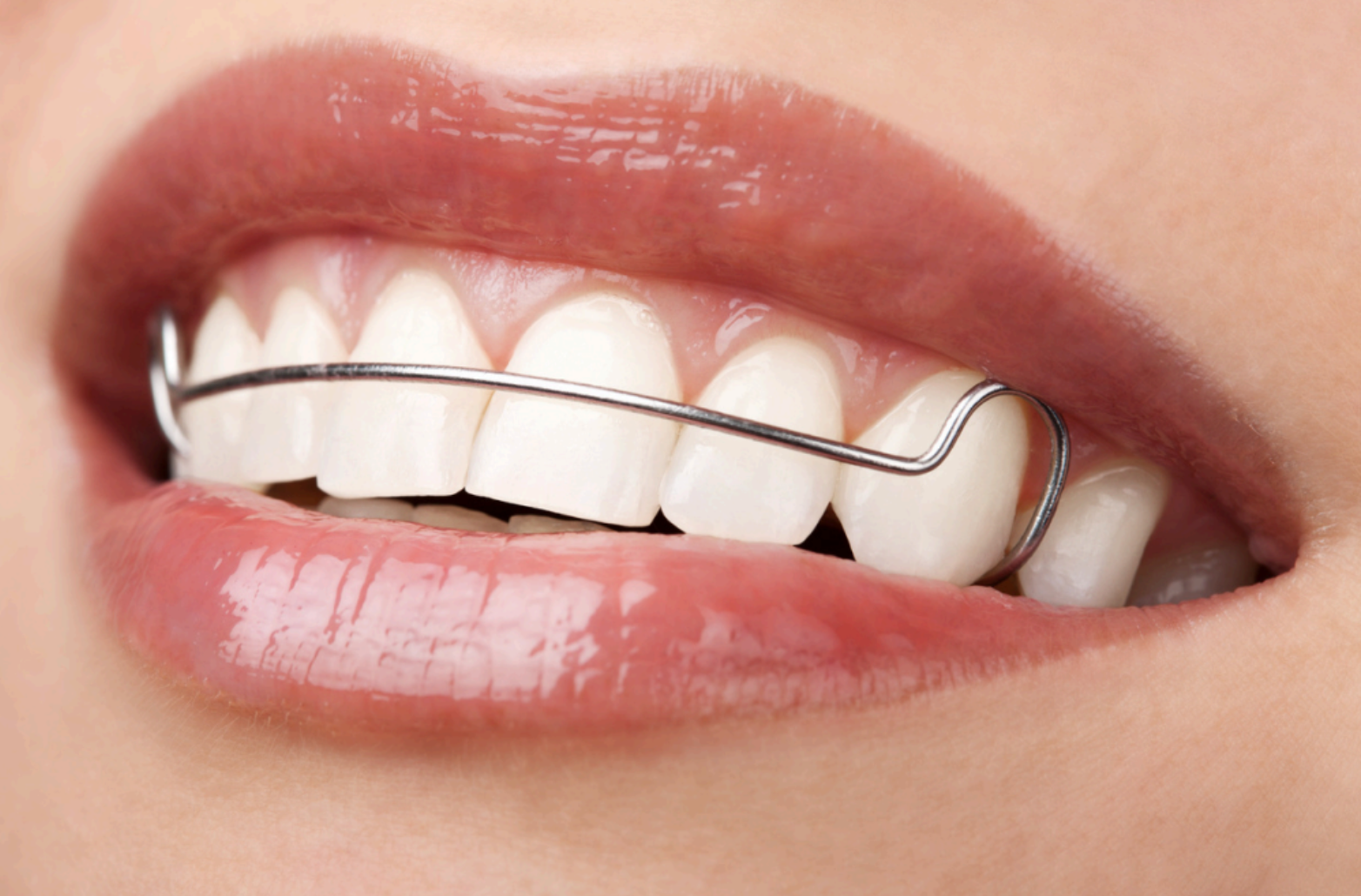After months or even years of wearing braces, you’ve finally achieved your perfect smile—straight teeth, no gaps, and a healthy bite. But the journey doesn’t end once your braces are removed. In fact, one of the most critical steps in your orthodontic treatment is the phase that follows: wearing a retainer.
Retainers play a crucial role in maintaining the results achieved with braces, ensuring your teeth don’t shift back into their previous positions. While it may be tempting to skip the retainer process, doing so can undermine all of the hard work you’ve put in. In this post, we’ll explain why retainers are essential after braces and why you should never skip this important step.
What Is a Retainer?
A retainer is a custom-made orthodontic appliance that is worn after braces are removed. It helps hold your teeth in their newly aligned positions while your gums and bone adjust to the changes. Retainers can be made from plastic, wire, or a combination of both, depending on your needs.
Types of Retainers:
- Fixed Retainers: A thin wire is bonded to the back of your teeth to maintain alignment.
- Removable Retainers: These can be taken out when eating, drinking, or cleaning your teeth. They are often made from clear plastic and custom-fitted to your mouth. Traditional Hawley-style retainers are also used in certain cases.
Why Are Retainers Necessary?
Once braces are removed, the tissues around your teeth—including gums and bone—need time to stabilize. Even though the braces have moved your teeth into new positions, the bone and tissues have not yet fully adapted to this change. Without the support of a retainer, your teeth may begin to shift back to their original positions, a process known as relapse.
Common Reasons for Relapse Include:
- Natural tendency of teeth to revert: Teeth naturally want to return to their original positions, especially right after treatment. Without a retainer, this can happen quickly.
- Changes in jaw structure: As we age, our jawbone can change, affecting the alignment of our teeth. Wearing a retainer helps minimize these effects.
- Inconsistent wear: Skipping retainer use can lead to unwanted shifting, undoing your orthodontic progress.
How Long Should You Wear a Retainer?
The length of time you need to wear your retainer depends on your specific case, treatment type, and your orthodontist’s recommendations. However, general guidelines include:
- Immediately after braces: Wear your retainer full-time (except when eating or drinking) to allow teeth to stabilize.
- After several months: Transition to nighttime wear, as advised by your orthodontist. Continue this routine for at least one year—or longer—to ensure stability.
- Long-term maintenance: Many patients are encouraged to wear retainers at night indefinitely to prevent minor shifting over time.
What Happens If You Don’t Wear Your Retainer?
- Teeth shifting: Without a retainer, your teeth can shift toward their old positions, potentially requiring new orthodontic treatment.
- Increased treatment time: Skipping your retainer can result in additional months—or even years—of corrective work later.
- Retainer replacement: Going too long without wearing your retainer may cause it not to fit properly, forcing you to get a new one or restart treatment. This can happen after just a few days of inconsistent wear.
How to Care for Your Retainer
Proper care ensures your retainer continues to function effectively. Follow these simple steps:
- Keep it clean: Brush gently with mild soap or a retainer cleaner to remove plaque and bacteria. Avoid hot water, as it can warp the plastic.
- Store it properly: When not in use, always keep your retainer in a protective case to prevent loss or damage.
- Avoid eating with it: Remove your retainer when eating or drinking anything other than water to prevent staining or warping.
- Follow your orthodontist’s instructions: Consistent use is key—wear your retainer exactly as recommended.
We also recommend using an ultrasonic retainer cleaner for optimal hygiene. These devices use gentle vibration and UV light to remove bacteria and buildup.
Our office offers a convenient Retainer Program that provides a replacement retainer for a minimal fee if yours is lost or damaged. Many patients also use this program to refresh worn retainers for a cleaner, more comfortable fit. It’s a small investment that protects your long-term smile!
The Benefits of Wearing a Retainer
- Prevents relapse: Keeps your teeth in their ideal positions, maintaining your beautiful alignment.
- Protects your investment: Orthodontic care is both a financial and personal investment—retain your results for years to come.
- Maintains a healthy bite: Helps your teeth function properly when chewing, speaking, and smiling.
- Boosts confidence: With a maintained alignment, you’ll enjoy a bright, confident smile that lasts.
Conclusion
While your time with braces may be over, maintaining your results is a lifelong commitment. Wearing a retainer is an essential part of post-braces care—it keeps your teeth straight, your bite aligned, and your smile shining. By following your orthodontist’s guidance and wearing your retainer consistently, you can ensure your smile remains as perfect as the day your braces came off.
Remember: Retainers aren’t a temporary solution—they’re a lasting investment in your oral health and confidence. Stay consistent, and your beautiful smile will truly last a lifetime!


